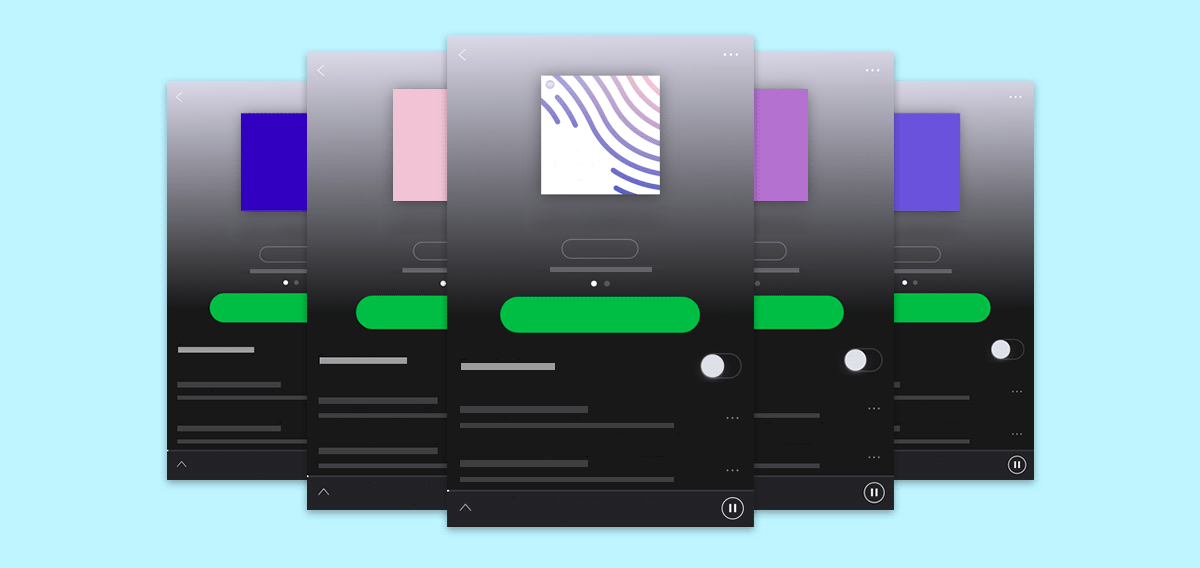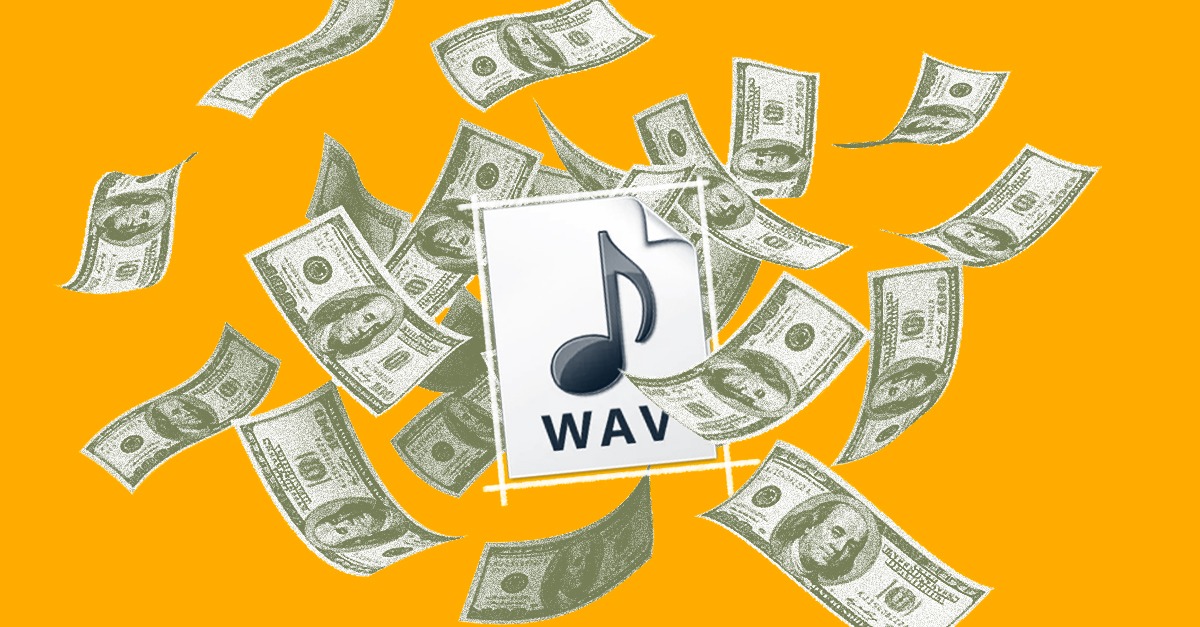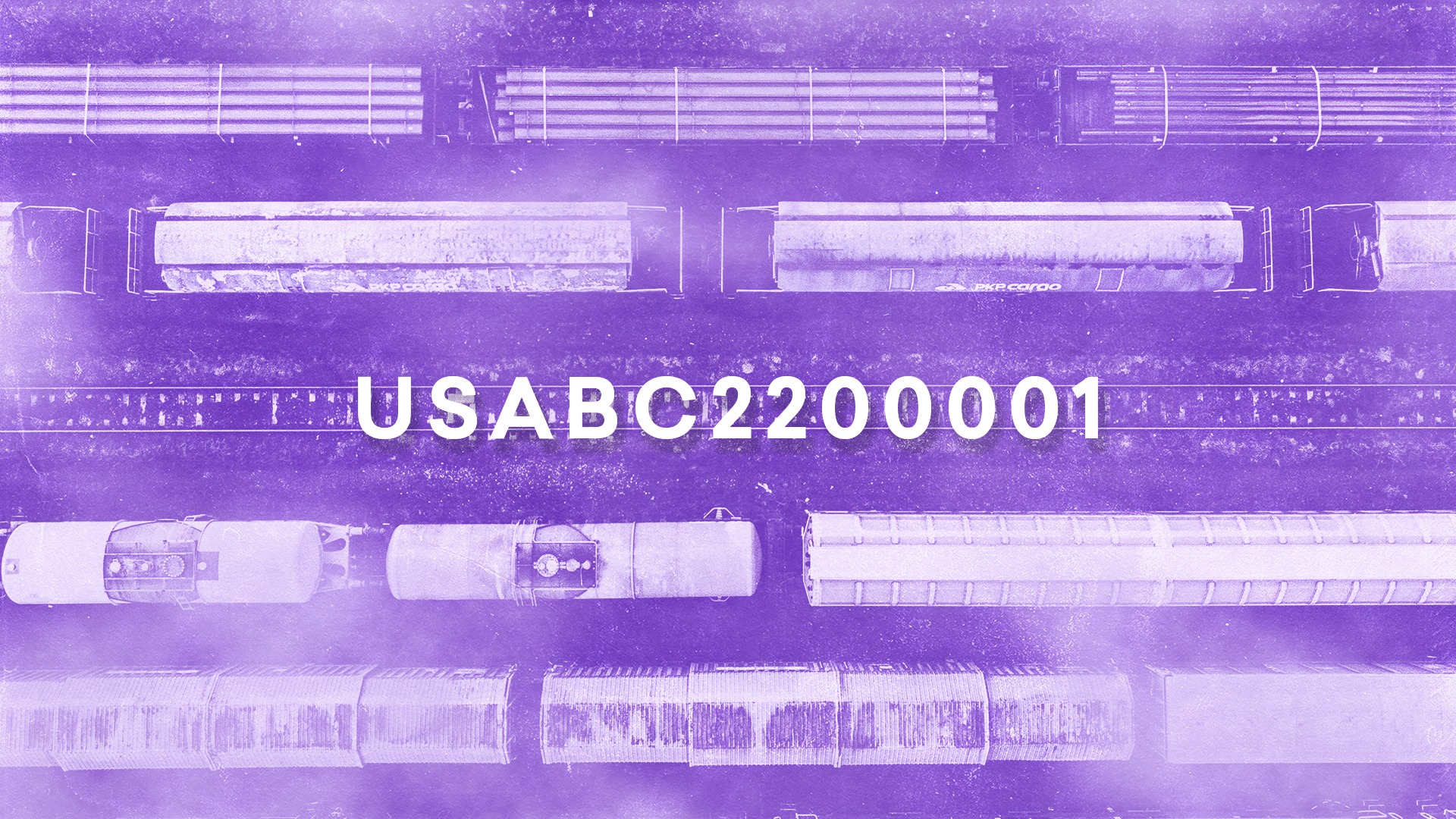
How to Release a Cover Song: The 5 Step Cover Song Licensing Checklist
Wondering how to release a cover song? It's not as complicated as you might think.
Recording is the fun and easy part. But to get it out into the world, you’ll need a distribution strategy that works for your cover song and a mechanical license to go with it.
The truth is, commercially releasing a cover song can be complicated for independent artists. But don’t fret.
In this article you’ll learn everything you need to know to get your cover songs released legally in 5 quick steps.
What is a cover song?
A cover song is a reproduction by one artist of another artist’s song. To be classified as a cover song, the artist must perform the song in its entirety and generally keep to the same structure, chord progression, melody and lyrics of the original song.
Cover songs are different from remixes or sampling because they don’t repurpose parts of the song within a new context. Instead cover songs generally do their best to remain true to the original sound.
For those reasons, cover song licenses are slightly different from sampling and remix licenses in that they limit exactly how much an artist can modify the original tune.
However, both licenses ultimately pay out mechanical songwriting royalties to the original composers of the song.
With that out of the way, let’s explore what it takes to release a cover song of your own.
How to release a cover song in five steps
1. Pick any song you like (you don’t need legal permission)
It’s a common misconception that you need express permission from the artist to cover their song, the truth is you don’t.
So you’re waiting for Taylor Swift to get back to your DM about covering “Shake it Off”, you don’t need an answer from her.
US copyright law makes it possible to reproduce anyone’s music or content, so long as you notify the artist that you intend to cover their song.
This is different than receiving permission, since you are merely obligated to notify the artist.
The key is that you must pay a royalty to the artist every time the song is purchased or downloaded.
I’ll explain how exactly these royalties work in the digital era with streaming and digital downloads later on.
But for now, here are some useful approaches to consider when choosing your cover material:
- Share an influence your fans may not know you have
- Make a statement by re-working a classic
- Reveal the core of a song by changing its genre
- Pick a song you find challenging and sharpen your skills
- Figure out why a song is so catchy by covering it
If you start changing your cover too much, it might not be a cover anymore…
Whatever you pick, choose wisely. Don’t select a song just because you think it will get a lot of streams.
Pick a song that will teach you something just by learning and recording it.
2. How to determine your song is still legally cover
A cover song is a recording of a previously released song that has kept the same composition (lyrics, melody and song structure) as the original version.
If you start changing your cover too much, it might not be legally be a cover anymore…
Cover song licensing does not extend to:
- Remixes
- Samples
- Mashups
Stay true to the original composition and keep it a cover. This will help you avoid headaches when you’re releasing.

3. Find the right mechanical license
Even though you don’t need permission from the artists you’re covering, you are required to pay a mechanical royalty to the artist every time your music is downloaded or physically purchased.
The going mechanical royalty rate right now is 12.4 cents per song (5 minutes or less) or 2.38 cents per minute for songs over five minutes.
That covers digital downloads and physical purchases, but digital streaming works very different and can get complicated very quickly.
That’s why you need a mechanical license to distribute your covers.
Mechanical licenses ensure that your covers are legal to distribute and that everyone who should be getting paid, is getting paid.
Luckily, digital distribution services like LANDR make it easy to get cover song licenses for all major streaming platforms.
There’s a lot of ways to get a mechanical license. So your best bet is to keep it as simple and affordable as possible.
For example, LANDR now offers cover song licensing for only $15.
Just click the cover song box when you release with LANDR, enter a bit of info and we’ll take care of the rest. Which brings me to my next point…

4. Assemble the correct information
To release a cover song, you need to enter a bit of info.
If you’re unsure where to find the right info for your covers, Songfile provides a great resource to figure it out.
Just search your cover song and grab the following details:
The original song title
Enter the original song title of your cover. Avoid the temptation to edit the title for flavor. Stick to the facts.
At least one original songwriter
You covered a song by your favorite band, but have you ever actually looked at the songwriting credit?
It’s possible that the credited songwriter isn’t who you expect. No problem, just search for your song on the Songfile database to get the info you need.
Make sure you get it right. This is the info that determines who gets paid. If the track isn’t attributed properly, it’s gonna be a problem!
The original performing artist
Make sure you include the original performing artist when you’re releasing your cover.
This one is easy. Just enter the name of the artist you’re covering and you’re done!
LANDR will take care of everything else to make sure your cover is legal and ready for every major streaming platform.
Your unique ISRC code
To make sure your cover song does not get confused with any other cover of the same song, you need a unique ISRC code that’s matched to your track.
ISRC codes are used to track performances of your songs on streaming platforms, radio, TV and every else music is played.
If you release your cover song with a digital distribution service, you’ll automatically get an ISRC code made for your track.
But if you haven’t released your song with a digital distribution service you’ll have to get an ISRC code from an official ISRC Registration Agency.
5. Promote your cover song
Once you’ve distributed your cover song it’s time to promote it.
Is it a single? A deep cut on your album? Or maybe it’s for a compilation or playlist? Maybe it’s a Christmas song cover?
Think about where your cover song will live once it’s distributed. This will help you to determine a release date and prepare for sharing your song.
Is it a single? A deep cut on your album? Or maybe it’s for a compilation or playlist?
If it’s on an album, then your strategy will be the same as your album release rollout plan. Not sure where it fits on your album? Read our album sequencing guide for some tips.
If your cover is a single, consider building a playlist or story around it for your social media channels. Don’t keep it undercover. If you cover something, tell your fans!
No matter how you release it, think about the best home for your cover songs before you license it and always share with care.

Release your cover song
Cover songs are an amazing way to bring creativity and intrigue into your catalogue.
Plus, simple cover song licensing means you get to focus on the fun part: recording and releasing.
So think about doing a cover of your own with these 5 simple steps, and make covers part of your process.
Gear guides, tips, tutorials, inspiration and more—delivered weekly.
Keep up with the LANDR Blog.




